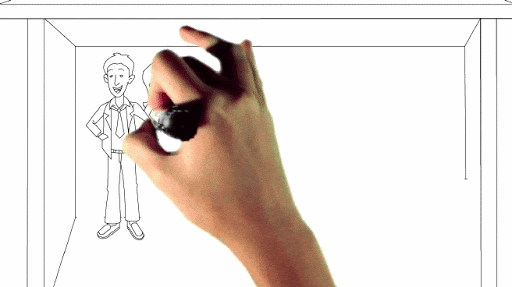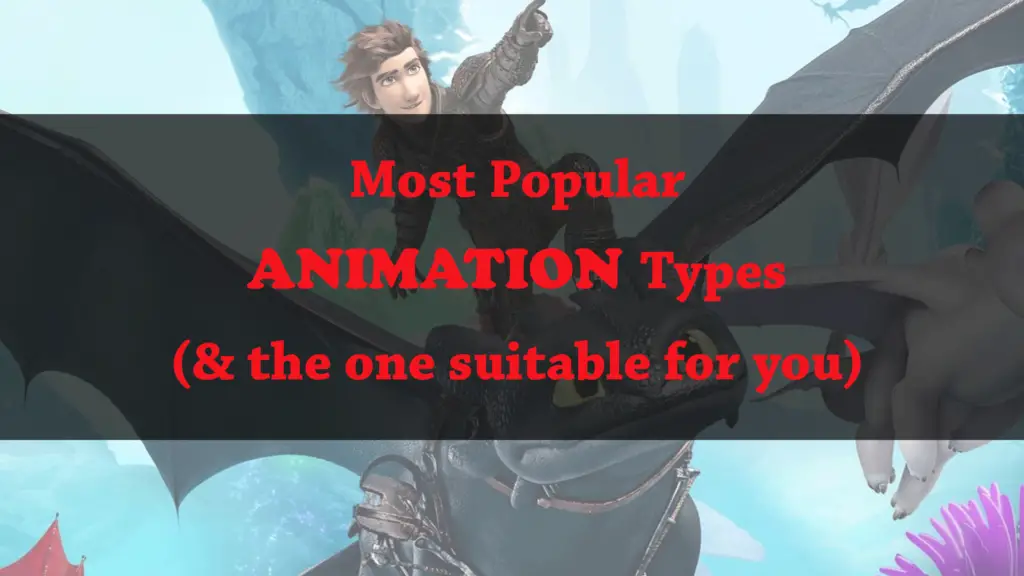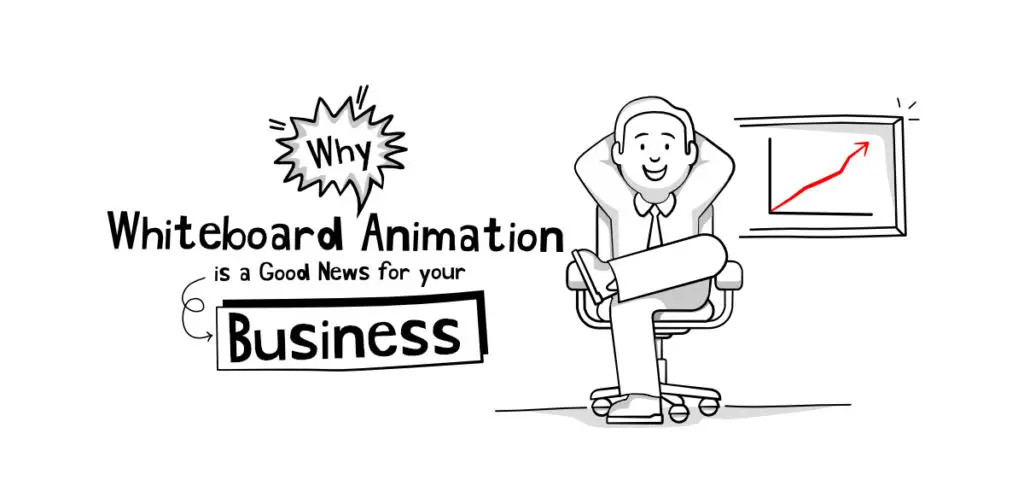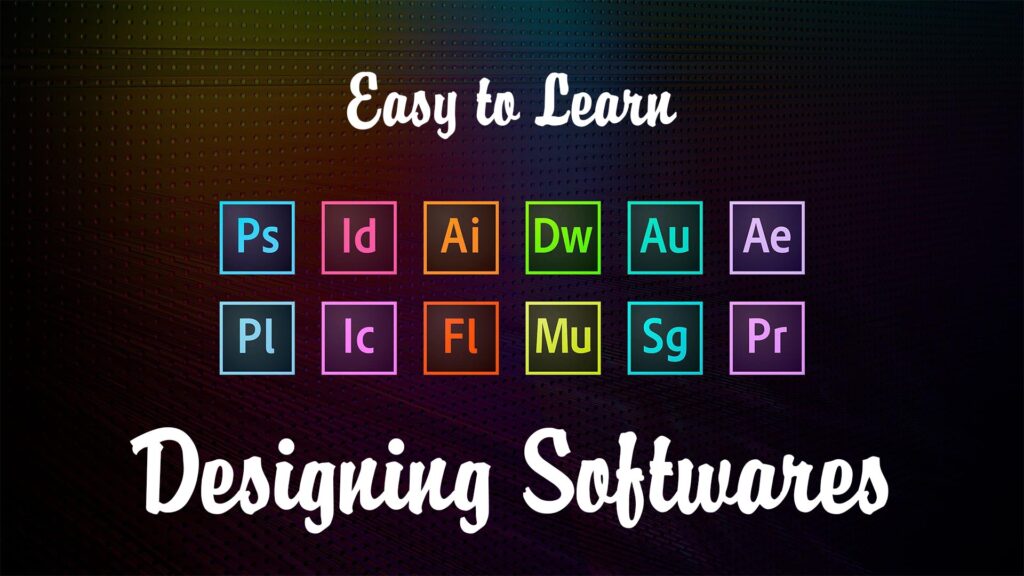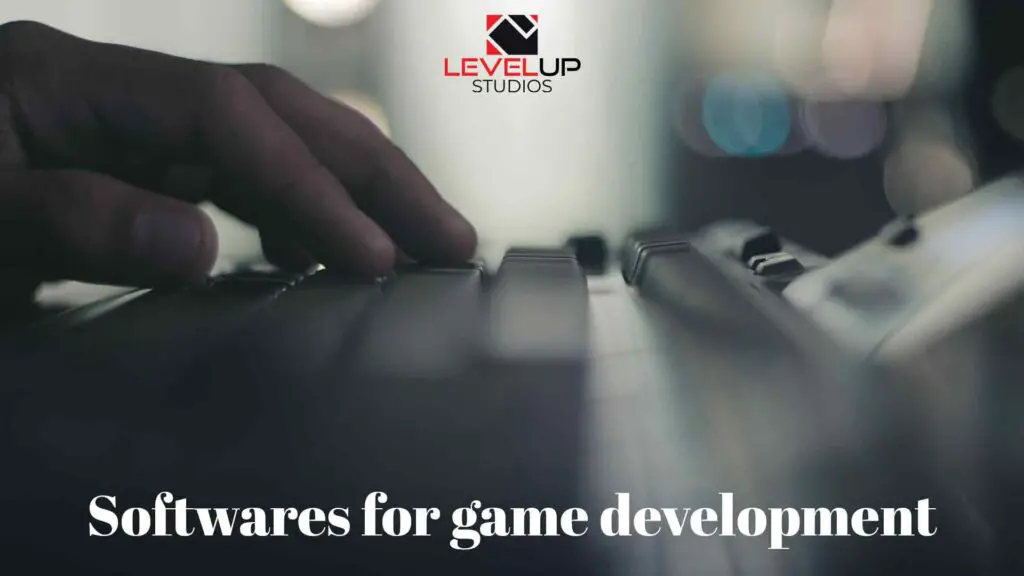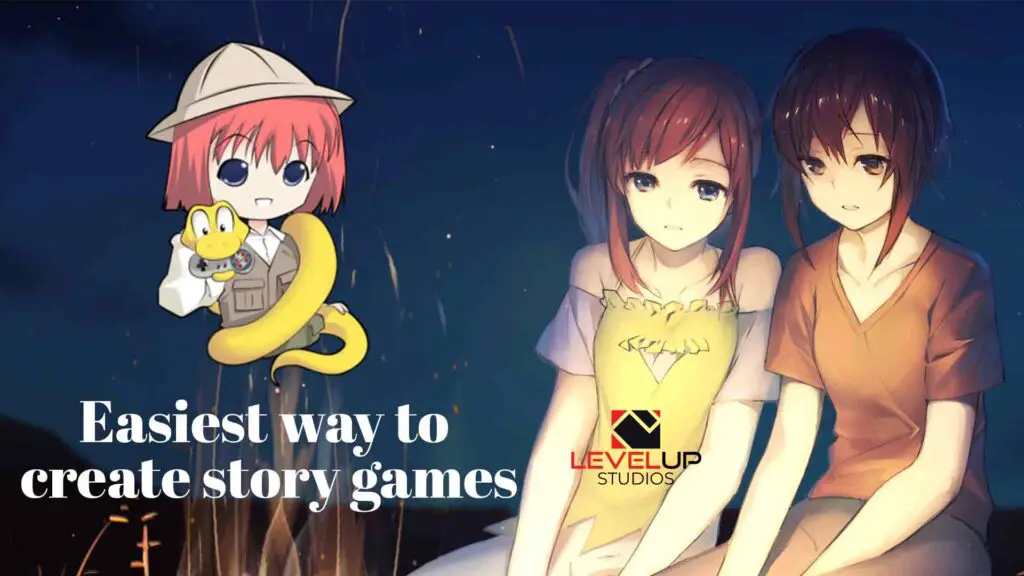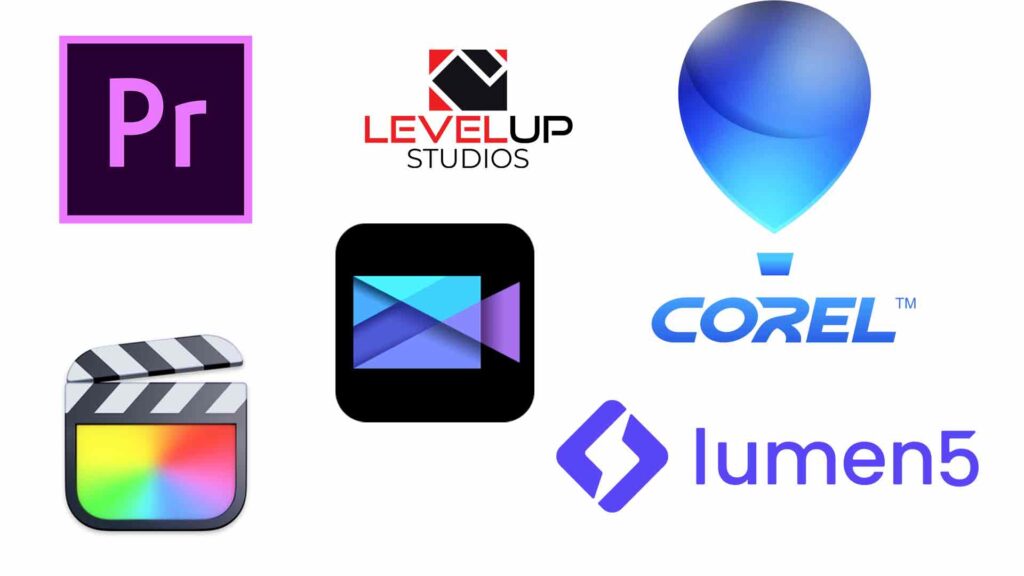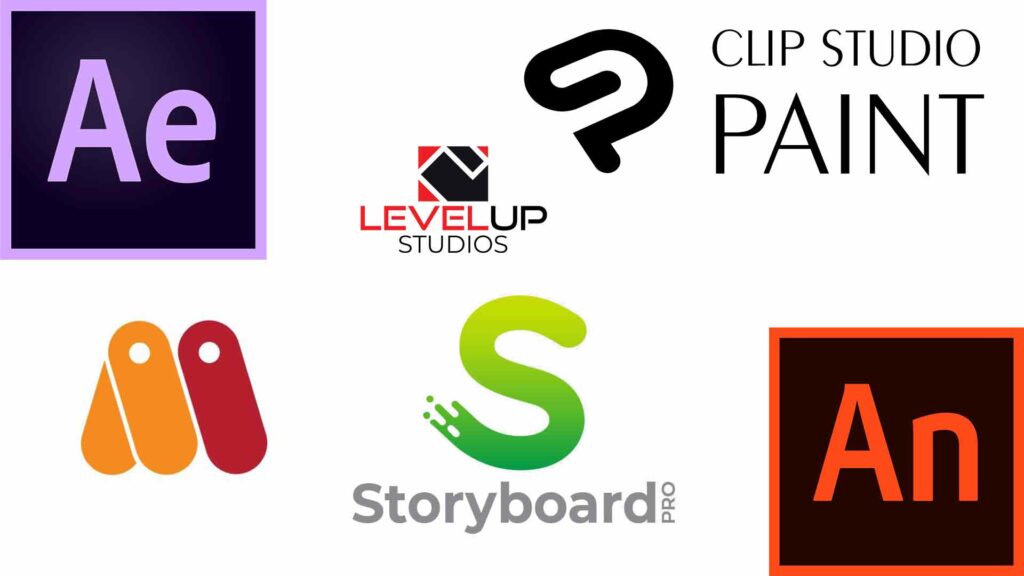THIS ARTICLE MAY CONTAIN AFFILIATE MARKETING LINKS! IN CASE YOU MAKE A PURCHASE THROUGH ONE OF THE LINKS, WE'LL GET A SMALL COMMISSION. WITH NO EXTRA CHARGES TO YOU. THANKS!!
Traditional Animation
Traditional animation involved animators drawing by hand for each and every frame. If you love the feel of pencils on paper, then the traditional approach is very fascinating. Traditional animation is creating the drawings one by one on the frame. 2D animation involves creating numerous drawings then feeding into a plastic cell, hand painting them, and create the animated sequence on a painted background image.
Traditional animation is a long process. Each frame is painstakingly drawn. Whether the frame showcases the movement of a finger or a change in facial expression, each movement has a set of frames. This tedious process is used in old- school animated movies. Re-watch an old Disney favorite to see how accurately each frame was drawn for the end product to look this great.
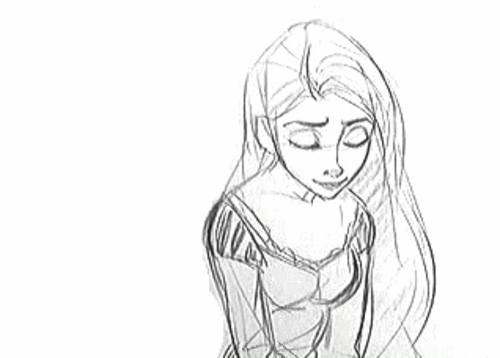
Stop Motion
Stop-motion is a simple, but time-consuming, form of animation where objects are physically manipulated and filmed frame-by-frame. Stop motion comes in many forms: Object animation and pixelation can use the stop-motion technique without specialist equipment, but special stop-motion models have often been used for special effects in live-action films. The 1933 King Kong film was famous for the stop-motion ape, and the original Star Wars films and The Terminator used stop-motion models for many of the aliens and machines.
Falling under this category is Claymation, Lego figure animation, Cut-outs, and Pixelation. Stop motion requires photographing an object in a sequence of pictures. Even the slightest movement gets its own shot. To ensure that there is fluidity in the animation and no hard breaks, the animator has to ensure that each movement is captured in proper order.
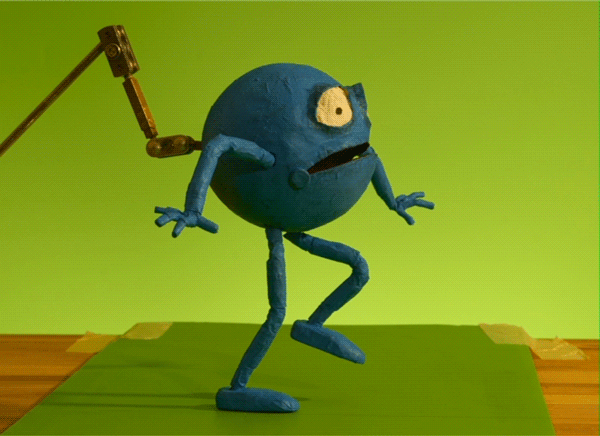
Digital 2D Animation
Creating animations in the 2-dimensional space with the help of digital technologies is known as digital 2d animation. You don’t need to create digital models, you just need to draw the frames. Create 100s of drawing and animating them to show some kind of movement is technically known as digital 2d animation. Using Adobe flash, animators can limit the number of drawings used, which makes it easier to create digital 2d animation. Small variations like changing the color or frame rate can be changed almost instantly, thus making it easier for the animators to work on.
It can show anything from backgrounds and landscapes to multiple characters and crowds. Digital 2D animation is not used for artistic purposes as much anymore, due to the lack of depth, but is still used in advertising and desktop publishing. It is also the basis of many graphical user interfaces (GUIs) that you use every day, including Mac OS and Microsoft Windows.

Digital 3D Animation
If you are interested in making the unreal characters into a realistic one, then it’s Digital 3d animation. Digital 3d animation characters are much faster to create and they are quite popular in the movie-making industry. Using computer software 3d animated images is used to create many short films, full-length movies, and even tv commercials and a career in digital 3d animation are highly rewarding. Comparing to 2D animation and the traditional approach, 3d animation models are highly realistic.
An animator will often create a very simple version (or skeleton) for a digital character (or Avar) and build up from this with digital muscles, skin, hair, pores, etc. The animator will use keyframing to set the Avar’s position, just as they would in traditional animation. However, they don’t need to do it on every frame, but just key ones – the computer programs then fill in the movement between the keyframes to create a full animation. Digital animation can be very realistic, and animators can be very artistically skilled to create a character. Some animators will specialize – for example, facial animators just work on the facial movements and speech of a character, rather than the whole thing.
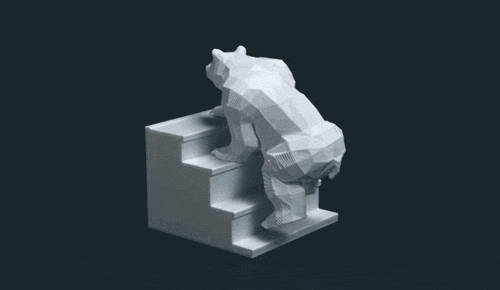
Motion Graphics
Motion graphics is a type of animated graphic design that usually features a lot of text and simple graphics. While traditionally animated videos usually center around characters and elaborate settings, motion graphics videos give life to stories that otherwise wouldn’t be visual, using shapes, graphics, and text to visually represent the story being told. As you watch these examples from three global brands, take a look at how even a simple approach to graphics amplifies the story being told verbally.
Motion graphics are animations and footage used to create the illusion of motion in any video. Creatives use them to incorporate stunning transitions, moving backgrounds, and smooth animations of all sorts into their video projects. Motion graphics make your videos more exciting.
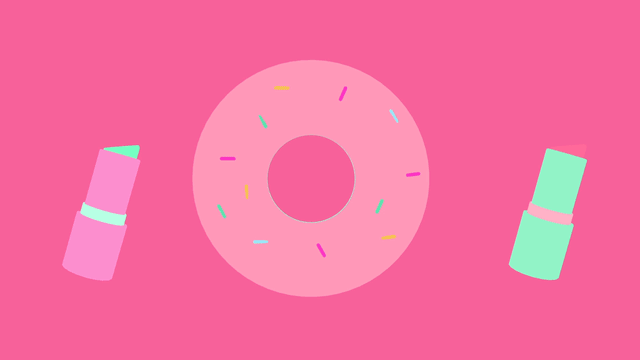
Puppetry Animation
Puppetry animation is created using the life-like puppets instead of objects. The film ‘The Humpty Dumpty Circus’ (1908) created by J. Stuart Blackton and Albert smith receives credit as the first stop-motion animation film that features puppets. Nowadays puppet animation is most commonly used in children’s cartoons and films. An example of puppet animation used in cinema is in the film King Kong (1933). The Nightmare Before Christmas (1993) is an American stop motion musical fantasy horror film directed by Henry Selick. It used 227 puppets to represent the characters in the film and also 400 heads were used to allow the expression for every possible emotion.

Flipbook Animation
Even before the time of computers, the animation was very much in practice. Artists used to carry a small flipbook or flick book and draw a series of images, with little variation to the pictures, so when the book is flicked rapidly, you can see the series of images in a fluid motion, trying to show a scene. Flipbook animation is one of the oldest but fascinating kinds of animation.
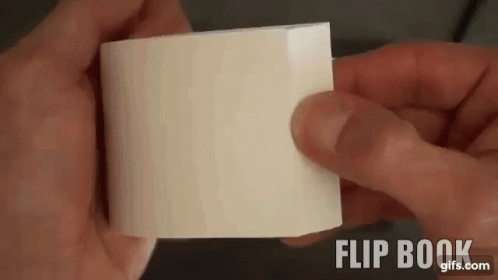
Whiteboard Animations
Whiteboard animation is a type of animation that features the illustrator physically drawing the artwork on a whiteboard or other surface using pens and markers. This animation style became popular shortly after the launch of YouTube in 2005. Even back then, brands were attracted to the way whiteboard animation let viewers see the story come to life before their eyes, and they’ve kept coming back to this timeless approach ever since. For three great examples, check out the videos we’ve included below that show the potential of whiteboard animation to wow an audience and tell a story at the same time.
One of the problems many modern video marketers face is wondering how to keep a video engaging. In order for viewers to stay focused, they need to be continually entertained – a challenge that means there’s got to be ongoing excitement on screen. This Elevations Credit Union video shows just how whiteboard animations can keep things interesting, literally bringing the story to life before our eyes. It also weaves in a few stop motion moments to leverage the power of both of these effective styles.
